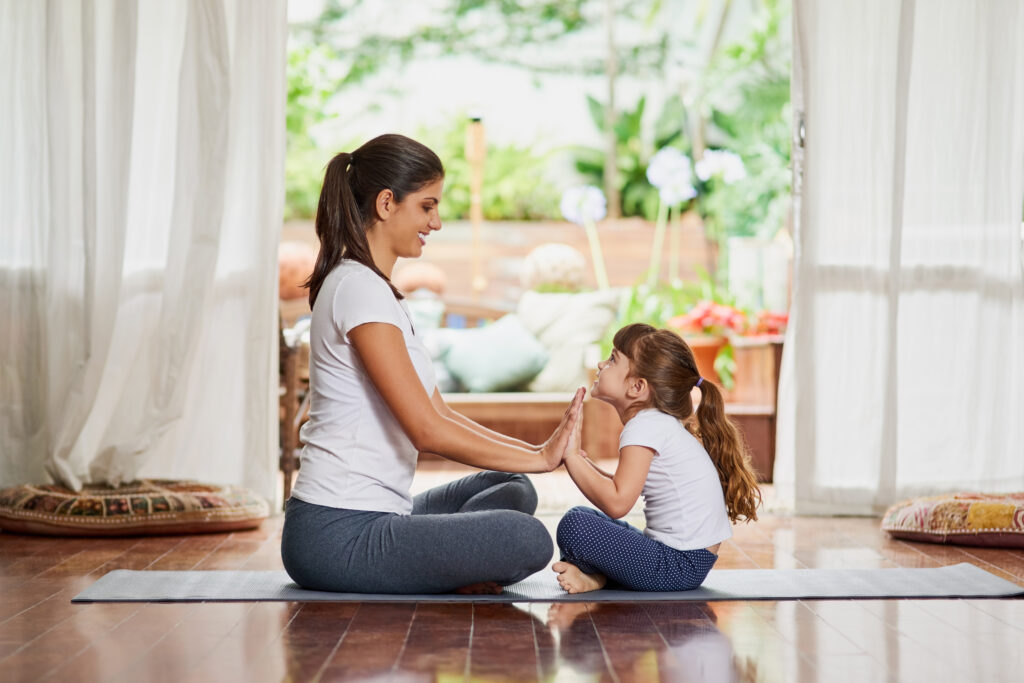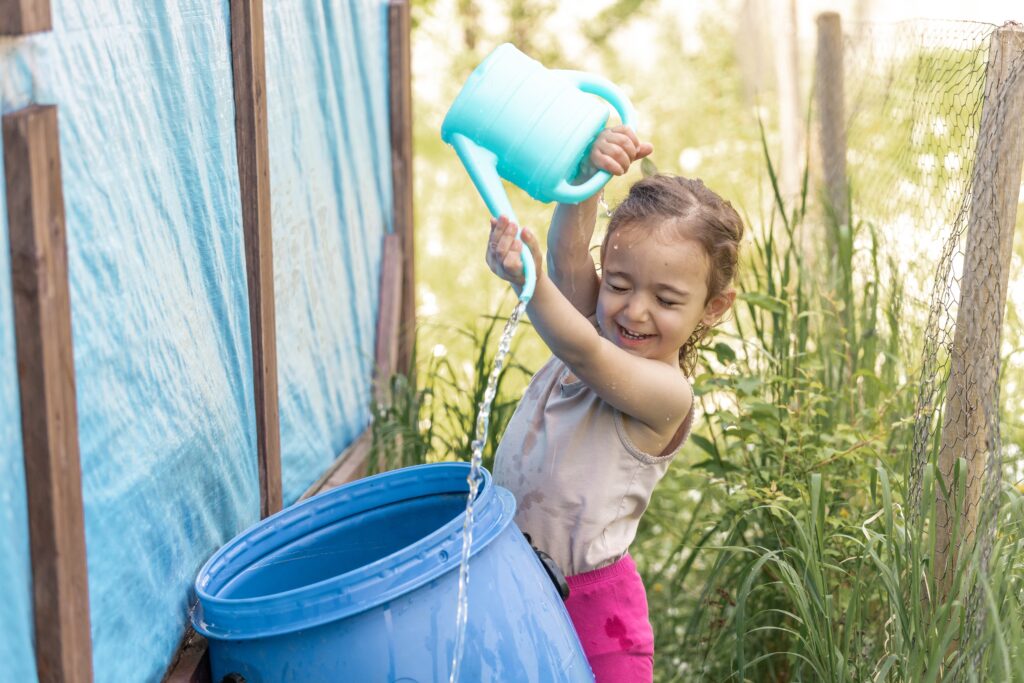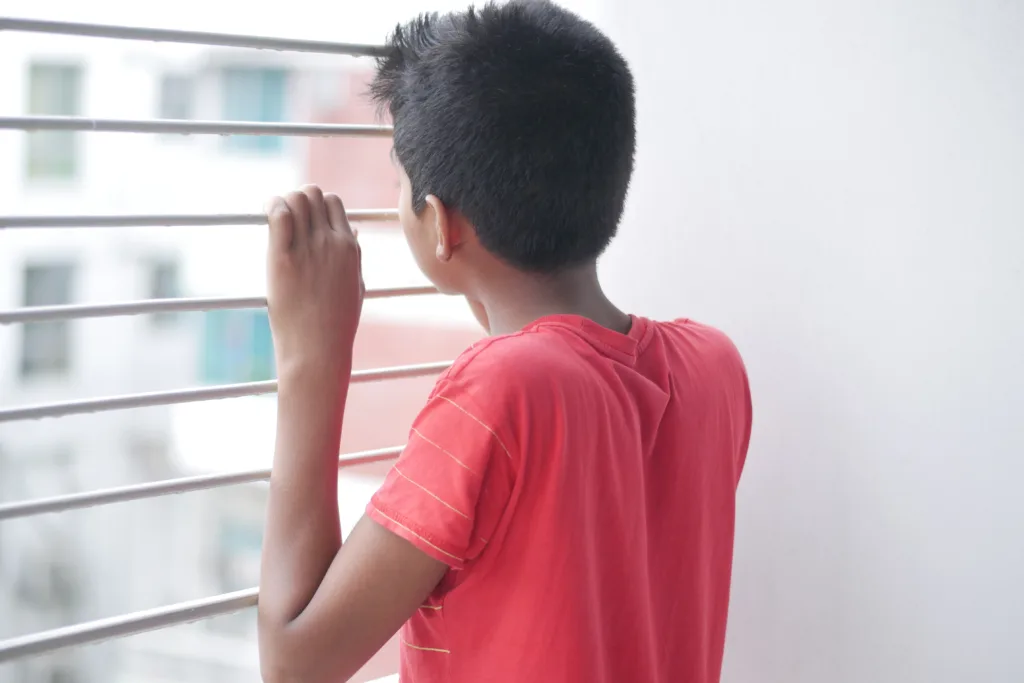Too Hot, Too Wet: Keeping Kids Engaged Indoors Without Over-Relying on Screens
When the weather outside turns too hot to handle or unpredictable with sudden rain showers, children are often stuck indoors. And for most parents, this means a growing reliance on screens—because, let’s face it, screens keep children engaged and quiet. But as a child psychologist, I often remind parents: screens may solve a short-term problem, but they can also disrupt long-term emotional regulation, attention span, and imaginative growth.
So how do we find a balance?
First, let’s understand Why Kids Get Restless
Children thrive on movement, stimulation, and predictability. When the body cannot move and the environment feels limiting, they may express this as boredom, clinginess, tantrums, or screen-seeking behavior.
What they truly need is a sensory and emotional release—but in a safe, structured, and engaging way.
A Psychologist’s Toolkit: Indoor Play Ideas That Help in Fun and Growth
Here are some screen-free activities that support your child’s mental and emotional development:
1.Build a creativity corner: Set up a small space with drawing books, magnetic tiles, clay, stickers, etc. Keep it within reach so your child can reach for it whenever they start getting ‘bored’.
2. Make mornings “movement time”: Even 10–15 minutes of indoor yoga, freeze dance, or obstacle courses can help children feel calm throughout the day.

3. Create a theme day: “Kitchen helper day,” “Book picnic,” or “Pretend jungle safari” spark curiosity and imagination. This also helps in building thinking skills as the child learns to focus on one theme for the entire day.
4. Sensory play trays: Rice bins, foam, sand, or water are different materials that offer tactile (skin) stimulation and can help the child. These materials keep the child engaged, building attention and also calming the restless energy.

Making Screen Time Mindful: Setting Limits Without a Fight
Let’s be realistic—screens are part of our lives. But mindful use matters.
- Set specific times instead of ambiguous periods “Screen time is between 4–5 PM” instead of “you can watch something after lunch.”
- Watch with them when you can: This helps you guide what they watch, but more importantly, builds connection. Your child sees you as a fun partner instead of a strict parent all the time.
Remember, It’s Not About Perfection—It’s About Rhythm
This isn’t about being the perfect parent who always has a plan. It’s about offering a rhythm to your child’s day that supports emotional safety, stimulation, and regulation—even when the weather doesn’t cooperate.
Start small. One screen-free activity at a time. Your effort counts more than perfection.

